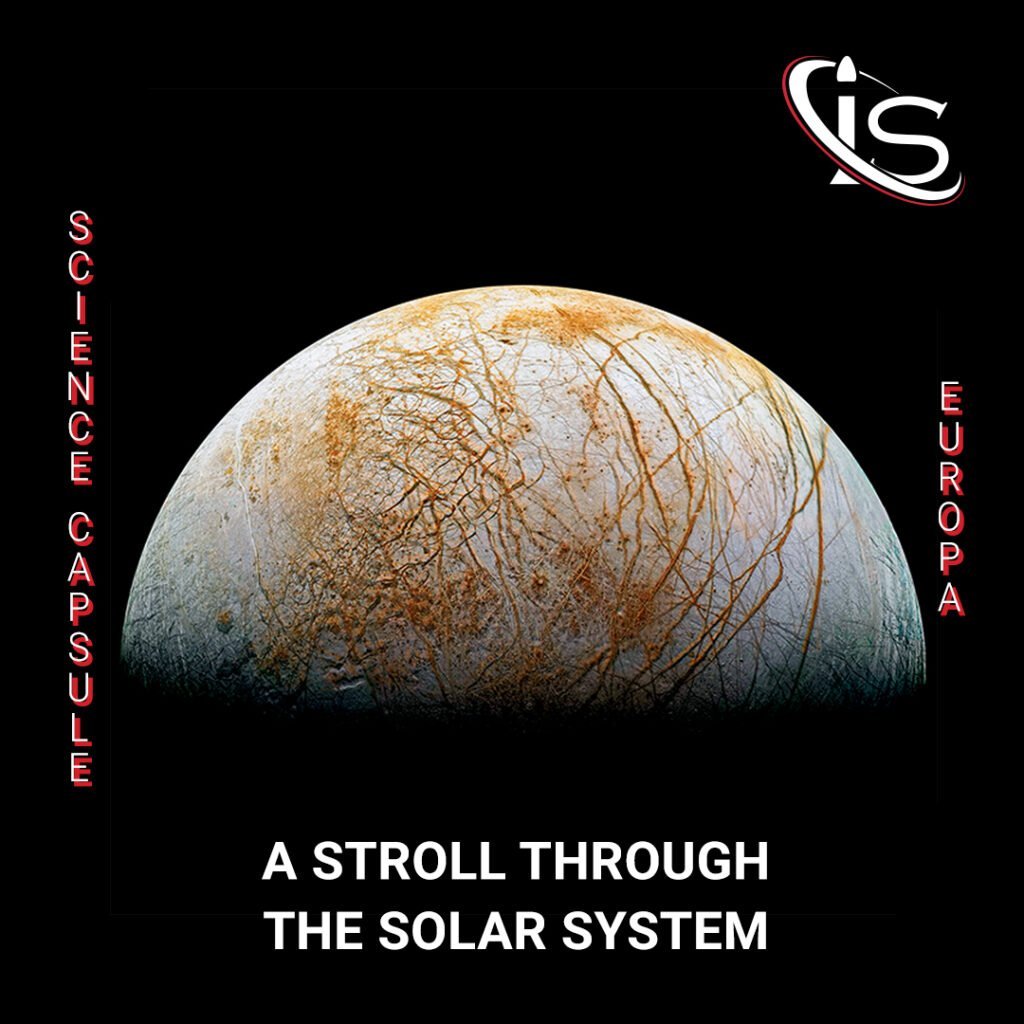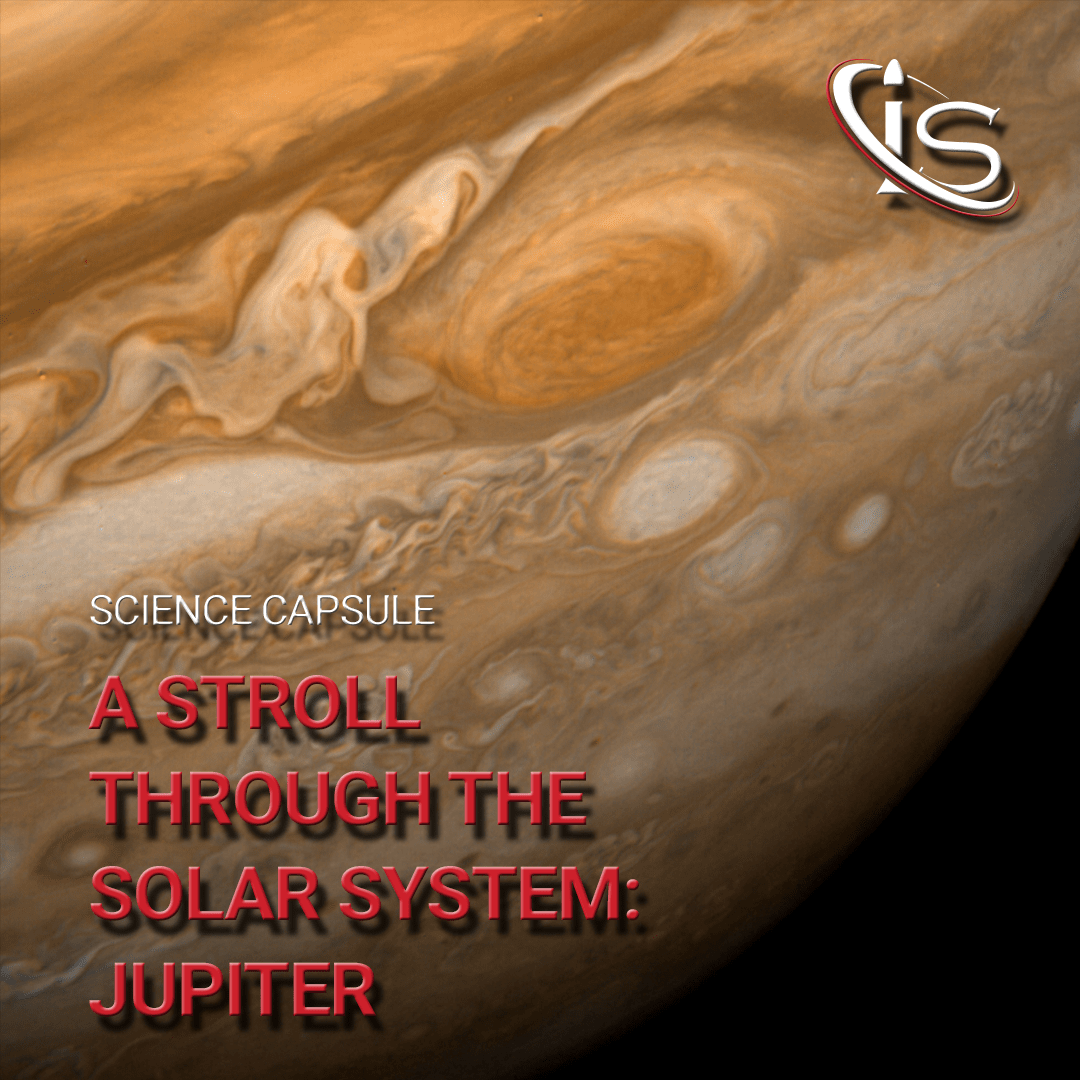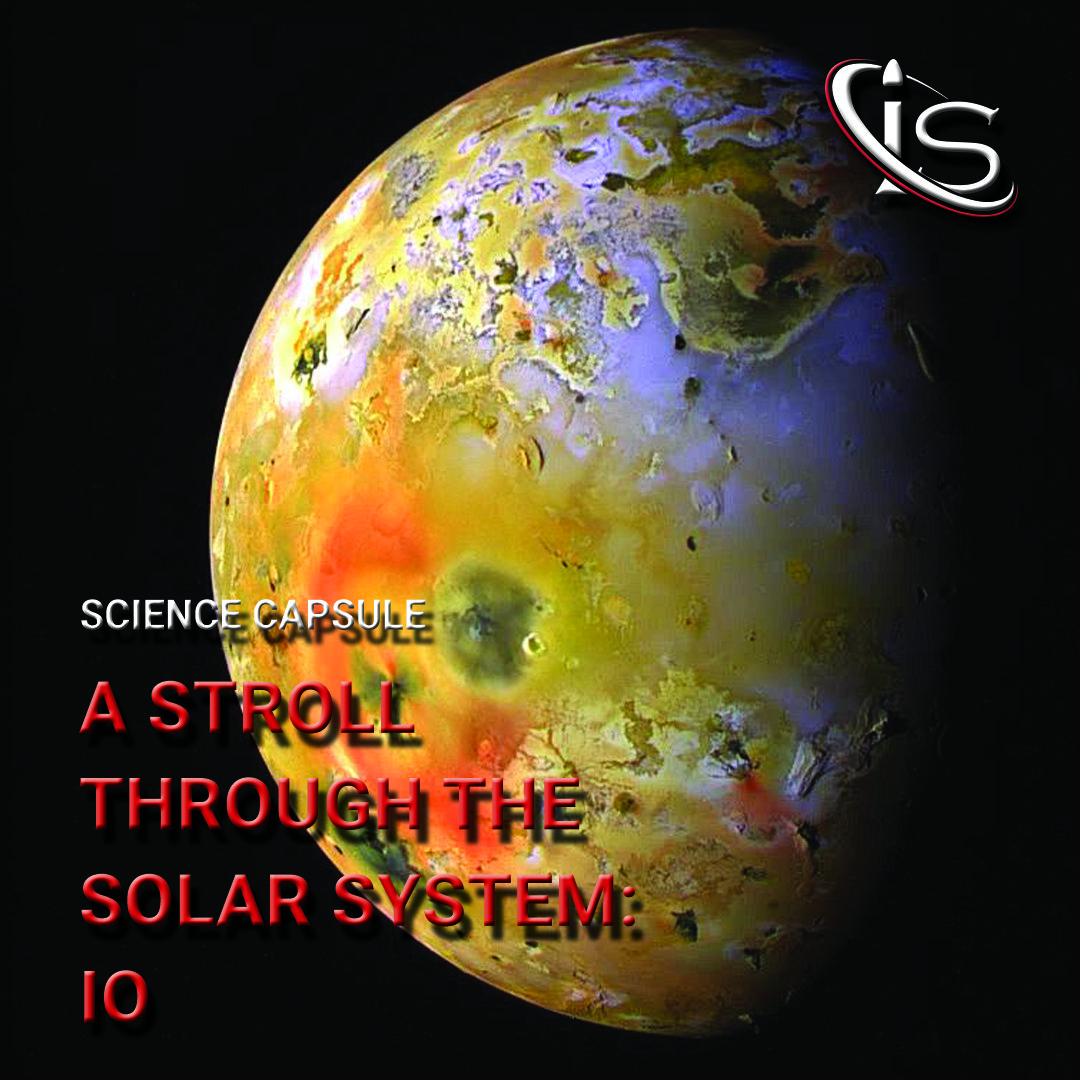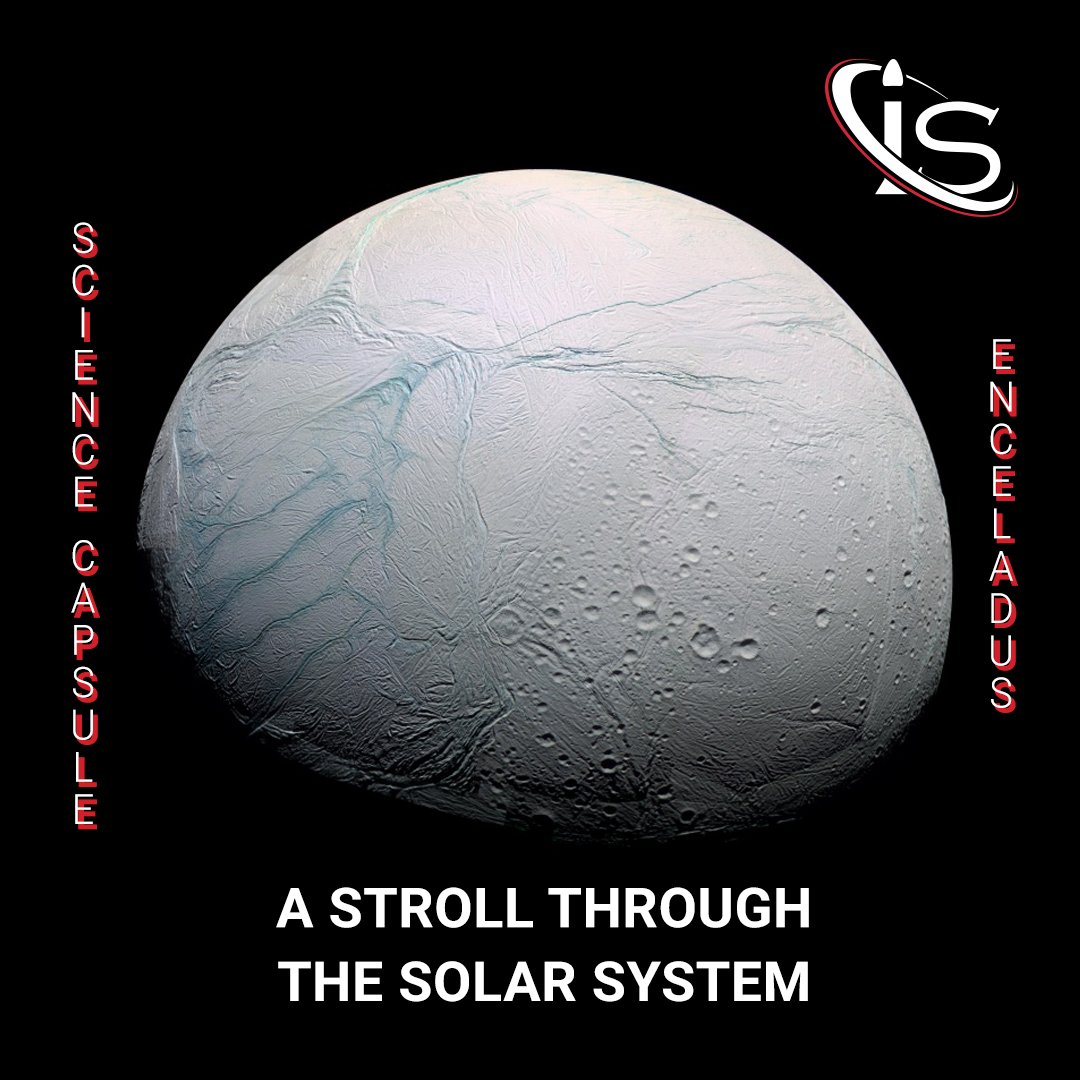Welcome back to another stroll through Earth’s galactic neighborhood. Today, it is finally time to talk about the object most likely to host life in the whole Solar System. Outside of our own planet, of course.
Yes, Europa, the last Galilean moon left for these strolls, has all the traits to, potentially, sustain life. This capsule is going to be a big one, so strap in and enjoy the ride.

The Last of the Big 4
Because the focus of this stroll will be Europa’s potential for life, it is crucial to go over all its unique features, first. Only by exploring all of these can this moon’s possible link to life be understood. So, let us begin by going over this satellite’s size and distance from Jupiter.
With a diameter of 3,100 km, Europa is nearly as large as Earth’s Moon. This, also, makes it the smallest of the 4 Galilean moons orbiting Jupiter. Its distance from the planet is around 671,000 km, making it the second closest of Jupiter’s larger satellites. It is also 5.2 AU (astronomical units) away from the Sun, just like the rest of the Jovian System.
Time on Europa
It is time — pun very much intended — to discuss Europa’s rotation and orbit. First off, it is tidally locked to Jupiter, much like the other Galilean moons. This means that the same hemisphere will always be facing the planet. As for its orbit, Europa takes approximately 3.5 Earth days to complete one revolution around the gas giant.
Tidal Forces in the Jovian System
Furthermore, Europa is the middle of the 3 Jovian satellites that are in orbital resonance with one another. I went over the intricacies of this phenomenon in the Ganymede capsule, which you can check out here; so, I will not go in depth on the topic for this one. Especially since there really is a lot left to discuss when it comes to Europa. The only part I will mention is the basic concept. For every orbit Ganymede completes, Europa will complete 2 and Io 4. Unlike Io, however, the most noticeable effect this phenomenon has on Europa is preventing its orbit from being circular.
Due to this elliptical path, the near side of the moon feels Jupiter’s gravitational pull slightly more than the far one. This causes tidal forces that stretch its surface — although not nearly to the same degree as the ones on Io. They are also the likely causes of the surface fractures found on Europa. These fractures are usually only 1-2 km wide, but some can extend for hundreds of kilometers. They are also seen dividing into ridges that span hundreds of meters in height. Alternatively, they sometimes split into multiple parallel fractures. Its ocean could be a contributing factor to this phenomenon, but we will discuss that in greater detail later.
The last little tidbit related to Europa and its orbit has to do with the way the whole Jovian system is tilted. Due to Jupiter only having a slight axis tilt of 3o, both it and its satellites do not experience seasons nearly as drastically as other planets in the Solar System do.
The Jovian System
This next section will go over why Europa has so much water ice and liquid water (supposedly). To start, it is important to mention that Europa is likely to have formed around the same time as Jupiter and most of the Solar System, 4.5 Bya. This is the same as the rest of the Galilean moons. Where things start to differ is in the density of these satellites.
Because of Jupiter’s massive size and its gaseous composition, its system of moons resembles a miniature version of the Solar System. In this model, Jupiter basically takes on the role of the Sun, with the larger moons around it from leftover material from the planet’s formation. Furthermore, the composition of the Jovian satellites also mirrors that of the planets in the Solar System. This means that the closer a moon is to Jupiter, the denser it is, with the reverse being true of moons farther away. The reason for this is that denser rocky materials condense out closer to the large celestial object — usually a star, but in this case Jupiter — while the less dense icy ones condense at greater distances and lower temperatures.
The closer satellites also experience greater tidal forces. Think Io. Meanwhile those forces decrease the further from Jupiter you get. All this leads Europa to have a much larger proportion of icy material than its neighbor, Io. However, it still has a rocky interior, with less ice than the farther out Galilean moons, Ganymede and Callisto. Its density is also in between Io and the other two moons. The end result is the unique composition of Europa, with its (still theoretical) huge ocean and conditions that could be conducive to life.
A Magnetic Distortion
Now that the foundations are set, it is time to start bringing up some of the evidence for Europa’s ocean. First off is the way Jupiter’s magnetic field gets warped near this moon. This was initially picked up by the Galileo mission — which lasted from 1995 to 2003. The data gathered in this expedition showed that a particular type of magnetic field was being induced within Europa. One that would require the presence of an electrically conductive fluid beneath its surface. That fluid, of course, is theorized to be Europa’s global salty ocean, as it would provide the perfect medium to generate this kind of magnetic field.
Water Is in the Air
This section will be relatively quick, but it is important to discuss it, nonetheless. Europa appears to have a faint oxygen atmosphere, which, in and of itself, is not that groundbreaking of a discovery. However, in 2013, astronomers found evidence that this moon is currently sending water into space. These observations were made via the Hubble Telescope — which we will discuss next week — and are currently awaiting the gathering of more evidence to be confirmed as true. If this water venting does end up being something that Europa is doing at the moment, it would imply that the Galilean moon is geologically active. Once again, more data is needed to prove this. However, with a slew of missions scheduled to explore the Jovian system, that might be happening sooner rather than later.
An Earth-like Structure
Europa is believed to have an internal structure very similar to our own planet’s. With an iron core, rocky mantle, and salt-ocean exterior, this satellite would resemble Earth fairly closely. The only problem with this theory is the same as what we have discussed so far: it is still unproven. Particularly, the ocean part. However, if this ocean were to exist, the tidal heating on Europa could lead to hydrothermal or volcanic activity at the bottom of it. This would, theoretically, provide the necessary nutrients and conditions for life to survive there. And, as we mentioned before, it would be another contributing factor to the surface fractures that distinguish this moon.
Another interesting point to bring up about this ocean is its size. While Europa is much smaller than Earth, its ocean would still end up being larger than all the water on Earth combined. That is because the depth of it is theorized to be between 60 and 150 km. Compare this to our oceans, whose deepest point is the Mariana Trench at around 11 km, and the difference is pretty stark.
An Icy Exterior
Speaking of surface, this is the last feature we need to discuss before reaching the section that everyone is waiting for. We already discussed the fractures that are sprinkled throughout, so there is no need to go into great detail there. What is important to bring up is that Europa’s ice shell is believed to be between 15 and 25 km thick. Due to this, its surface reflects 5.5 times as much sunlight as Earth’s Moon. Combined with the fact that the Jovian System receives 25 times less light than Earth, Europa retains very little sunlight when compared to our planet. This is one of the potential problems with it sustaining life. As we will see later, having an energy source is key for life to survive.
An Alternative Solution
However, not all hope is lost. The Galileo spacecraft observed pits and domes on Europa’s surface, which would suggest that its ice is convecting. This would be due to heat coming from below the icy exterior, causing the warmer ice to rise and the cooler one to sink. If this were true, it could provide the necessary conditions for life to survive, making the scarce amount of energy received from the Sun less of a concern.
Before moving on to the life on Europa section, I have to mention the geological traits of this moon. With a surface that appears to only be 40 to 90 million years old, Europa is even more likely to be geologically active. After all, without geologic activity, its surface would be expected to be much older. As in billions of years older. In fact, both our own Moon and Callisto, another Galilean moon, have surfaces that are billions of years old. And they both share the trait of little to no current geologic activity.
Life on Europa
We are finally here at the much-anticipated part on Europa and its potential to sustain life. But I have some news for everyone reading this: we have already touched on most of what makes Europa a possible host to life. After all, I structured this capsule with the goal of building towards this section for a reason. Still, it is time to bring everything together.
First off, let us list the three key components to life (as far as we know): the presence water, the right chemical elements, and an energy source. And now, let us go through these one at a time in relation to Europa.
How Does Europa Score on the Life Scale?
Water has been discussed throughout the whole stroll, with both the water ice on its surface and the salty ocean that is believed to be under it. This means that, unless we get some very unexpected new development, Europa is good on the water front. As for the chemical elements, once again Europa seems to have the necessary ones for life to survive. The last point, the presence of an energy source, is the hardest one to prove for this moon. As we saw before, the energy that Europa receives from the Sun is a lot less than what Earth gets. However, this is where the geologic activity on Europa could save the day. If, in fact, there were subterranean volcanoes or hydrothermal vents, it would be possible for life to survive around those areas, much like what we see here on Earth. At least theoretically.
And that is basically everything that we know so far. It certainly appears as if Europa could host life. But, until further research is conducted, we will not get the answer that we are all so eagerly looking for. Fortunately, as I alluded to before, it appears that said research is going to happen sooner than later. Although, the fruits of it are still very unpredictable.
Upcoming Missions for the Jovian System
Since I brought this up, it seems like a good idea to provide the names of the upcoming missions that will explore Jupiter and its satellites. The first one is going to be the European Space Agency’s Jupiter Icy Moon’s Explorer (JUICE), which is scheduled to take place in April of this year. The second is NASA’s Europa Clipper, which is scheduled for the end of next year. There is also a third one, a Chinese mission that has been proposed to explore this system. However, it will not take place until the 2030’s.
I have, actually, talked about these on our most recent “breaking news” segment, which was dedicated to the 12 new moons that have been discovered around Jupiter. So, if you would like to learn more about that, feel free to check out our social media pages.
Mythological Origins
All of the regular readers of these strolls already knew this was coming. Yes, it is time to talk about the mythological origins of Europa. As has been the case with all the Galilean moons, the mythological character Europa is closely connected to Jupiter. Technically Zeus, if we want to be as accurate as possible.
She was yet another of his love interests, with the usual crazy story to accompany this amorous escapade. Europa was a Phoenician princess with Argive Greek origins. Hers is also, probably, one of the more well-known mythological stories, if only because of Zeus’s infamous transformation. In order to abduct — is anyone even surprised at this point? — and seduce Europa, Zeus turned into a bull. But not the Cretan bull, mind you. No, that is a separate but equally disturbing story, which we will briefly touch on, as it is connected to this one.
You see, after kidnapping Europa, her and Zeus had a son, King Minos of Crete. And he is the poor soul around whom the Cretan bull story is centered. Then again, by all accounts he was not the best person (or king) out there, so I guess there really are no decent beings (human or otherwise) here. However, I will not go into further detail, seeing as this stroll is already long enough. But, if you would like to be reminded of how crazy Greco-Roman mythology really is, you can read up on this story yourself.
Done with Jupiter (For Now)
We have reached the end of another of our strolls. Other than being a particularly long one, this also marks the last Jupiter-centered capsule. At least for a while. After all, who knows what those new missions will uncover?
Regardless, I hope you enjoyed your time here today. If you would like to learn more about the Solar System, there are a lot of other strolls for you to check out on our blog page. Next week is going to be a capsule comparing the Hubble and James Webb telescopes, so I highly suggest checking back here, at impulso.space, on Wednesday, for that. “See” you all then!





